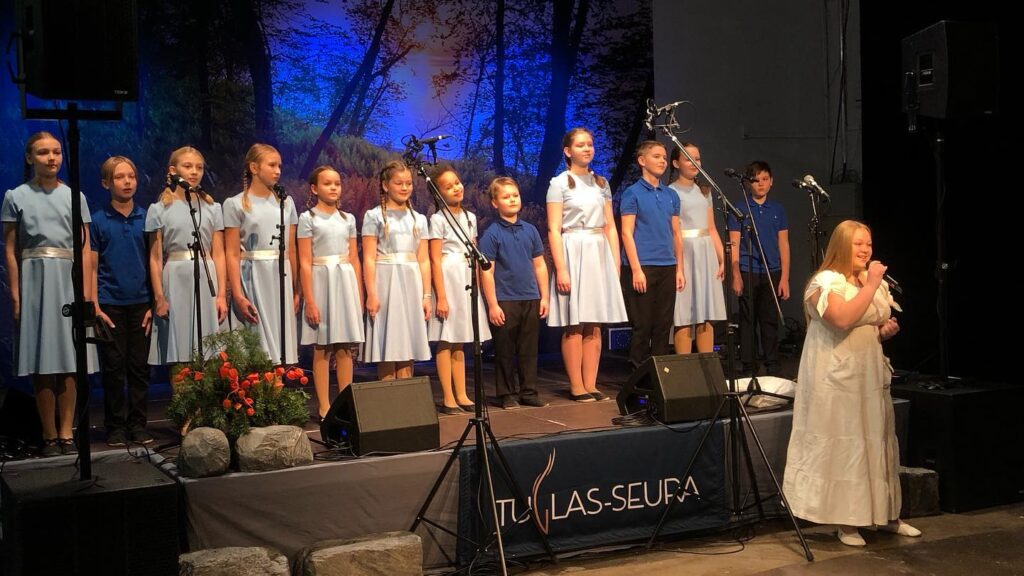Silver Lumi directs the Estonian Children’s Choir in Helsinki with a sense of mission to preserve the culture, that can only be done by actively practicing every day; his choir – 15 children from Estonian families – is coming to the Youth Song Celebration for the second time, and so will nine other choirs from different European countries and four dance groups from both sides of the Atlantic.
While in the past there have been some “foreign” choirs among the international participants of the Youth Song Celebration, due to take place from 30 June to 2 July, this time all of them have Estonian roots, said Kersti Seitam, the coordinator of the foreign choirs. The Helsinki Children’s Choir is one of them, and, according to conductor Silver Lumi, the choir is made up of children with Estonian roots, because the mission of the choir is to preserve the Estonian language and culture.
“As my own child sings in this choir, it is a great opportunity and a duty for me as a parent to give her the chance to be part of one of the great events of our culture, which is still quite unique in the world. As our home language here in Finland is Estonian and we identify ourselves as Estonians, it is extremely important that our Estonian heritage is passed on to our children,” Lumi said.
“This is why I cannot limit myself to the idea that my children should be able to take part in such cultural events. It is important to instil in them the idea that one day it will be their turn to keep alive and carry forward everything that I am working for today. Otherwise, everything will fade away. Silently and imperceptibly. And to do that, you have to do more than just hand them a scorebook every Monday and send them off to rehearsal,” he added.
The conductor introduces the children to the Song Celebration and talks about the whole journey from the preparation of the repertoire to going home. “I have tried to do it all with great enthusiasm, because the children themselves have no experience of the Song Celebration. That’s why they get interested in it, look forward to it very, very much, and get excited about it, mainly on the basis of my stories.”
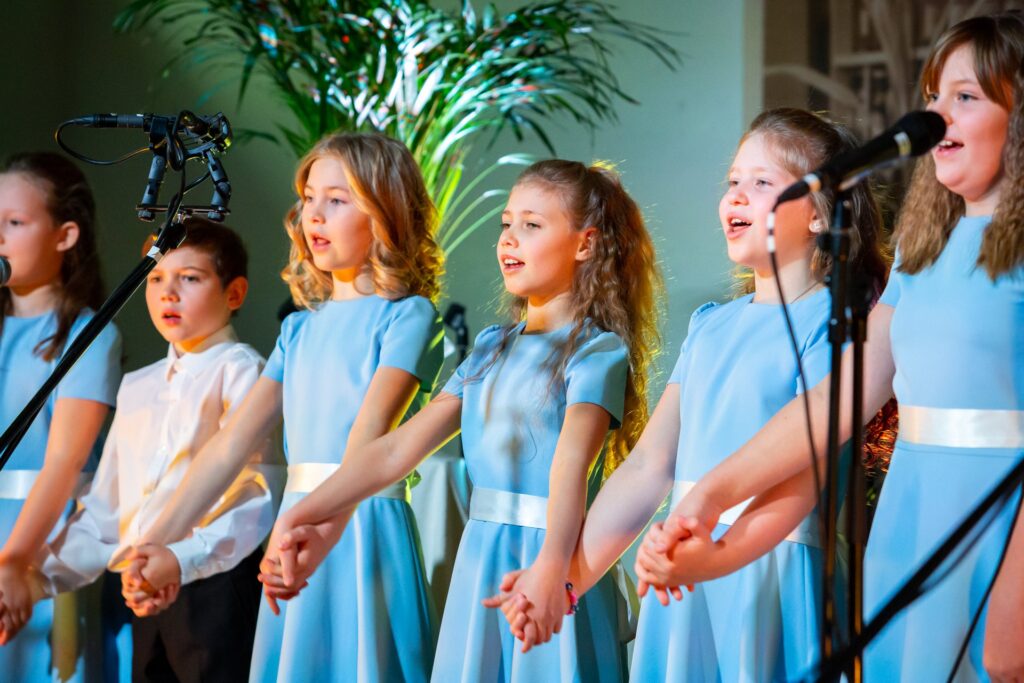
The challenges of a choirmaster
For every conductor, getting to the Youth Song Celebration is a great achievement. “First of all, the children in the choir have never been exposed to polyphonic singing before. But this means a group of singers with a fairly modest level of preparation has to be ready. I have the honour and the responsibility to start introducing children to polyphonic singing.”
“If all goes well, these little singers will one day go on to become adults in amateur and professional choirs. We have created a new chapter in the history of Estonians in Finland by being the first Estonian children’s and youth choir to have passed through a rigorous series of competitions and to have made it to the Song Celebration as an independent choir. I am particularly pleased about this,” Lumi noted.
For him, there are three major challenges on the way to the Song Celebration.
“The repertoire – it seems to me that a child living in Finland is not attracted by beautiful and solemn songs about free Estonia. For them, there is no such thematic focus. They don’t know to appreciate freedom and independence yet. But that is certainly not the children’s fault. I think it all starts at home, though – how people talk about Estonia, its people, relations with friends and neighbours. All this cultural background is ultimately formulated in what songs children want to sing – whether about pokemon or something more important,” he explained.
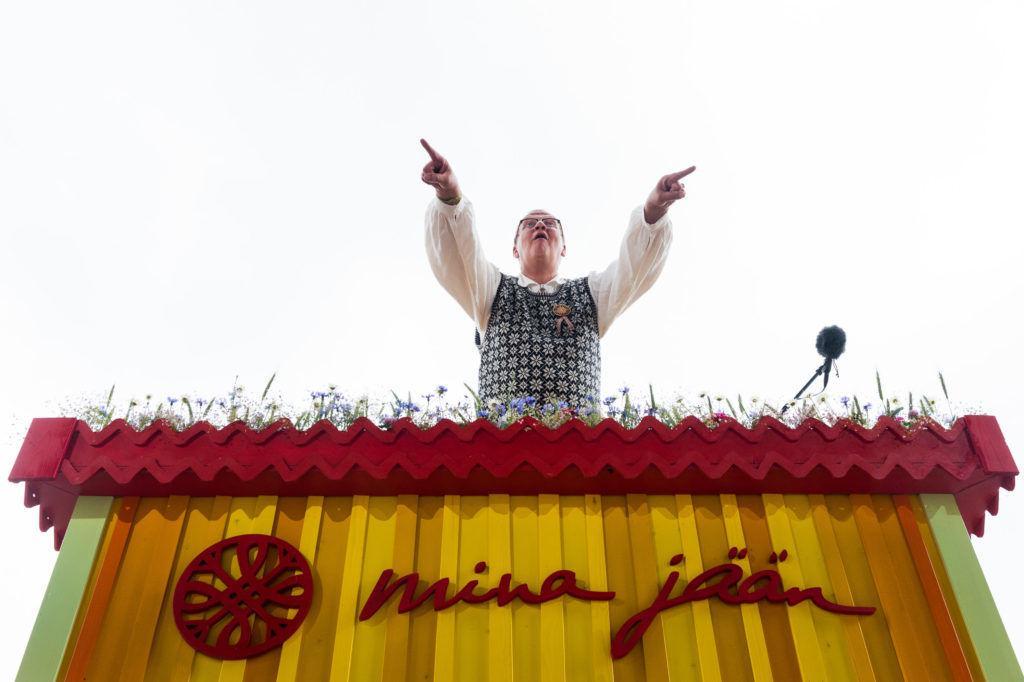
Secondly, children have a much wider choice of hobbies than 30 years ago. “If you compare choral singing with any other hobby, you might find yourself thinking that a good choir sound means quite a lot of work and commitment. Nowadays, however, concentrating on something time-consuming is a rather tedious activity. After all, it’s very easy to start a new game on your phone when the last one went wrong, or to abandon a friendship that’s gone sour and hook up with new friends online. The child will choose a hobby where the result is achieved more quickly and with less effort,” Lumi said.
“Thirdly, it is difficult for families to understand the importance of rehearsal. Sometimes children do not come to the rehearsal because they are going to a friend’s birthday party on the only rehearsal day of the week, or because they are attending another event with their family on the same day. Parents may not always fully understand the effort it takes to bring a choir to the Song Celebration. The rehearsal is compared with every other event, and then they take part in whichever one seems the most fun at the time. But doing so could, in the worst case, deprive other singers of the chance to enter the Song Celebration as well.”
In addition to a sense of mission, Lumi is motivated by the fact that the choir is one of the most beautiful musical instruments and “playing” it is a great pleasure. “Through singing in the choir, many new friends have been found before us and will be found after us. I like a German proverb that says: if you hear singing somewhere, go there – there are good people! It’s always nice to be in the company of good people, and it’s great to have a common hobby – music and choir singing.”
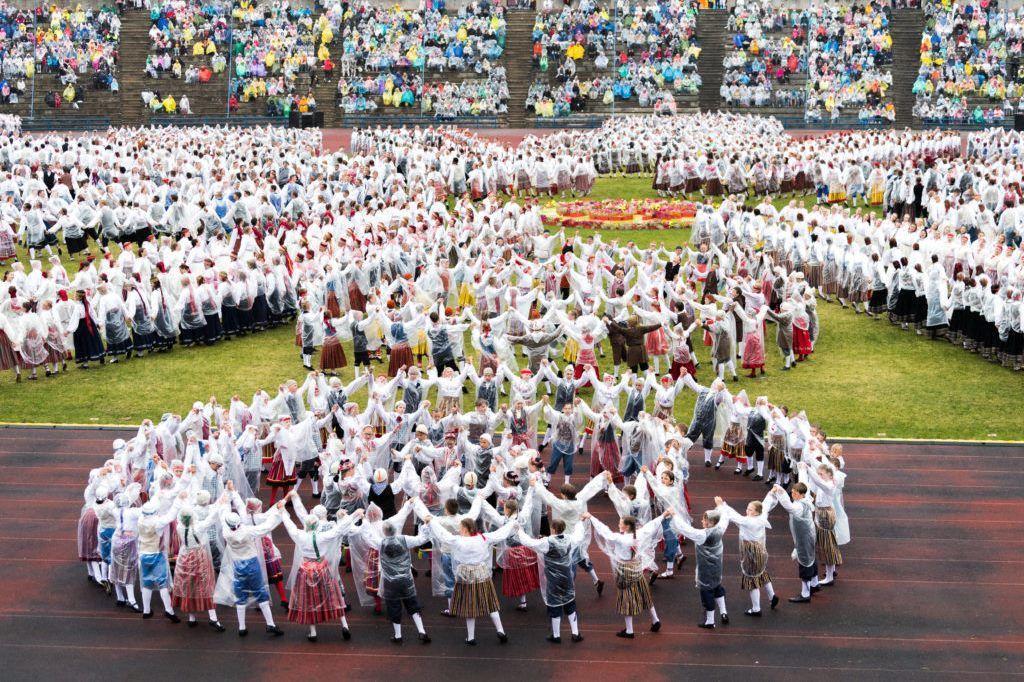
Singers and dancers with Estonian roots want to come to the celebration
Choirs from abroad also have to pass auditions to get into the celebration. So far, choirs have sent their first videos to the audition committee. In addition to Finland, choirs from Luxembourg, Sweden, Germany and Austria want to take part.
Kersti Seitam said three choirs were coming from both Sweden and Luxembourg. “Anneli Aken has been in charge of these choirs in Luxembourg for many years now and the children have moved from the pre-school choir to the children’s choir and on to the girls’ choir.”
Most of the choirs have already received their first feedback and can start planning their trip and rehearsing to be ready to send recordings of the whole repertoire to the committee in April.
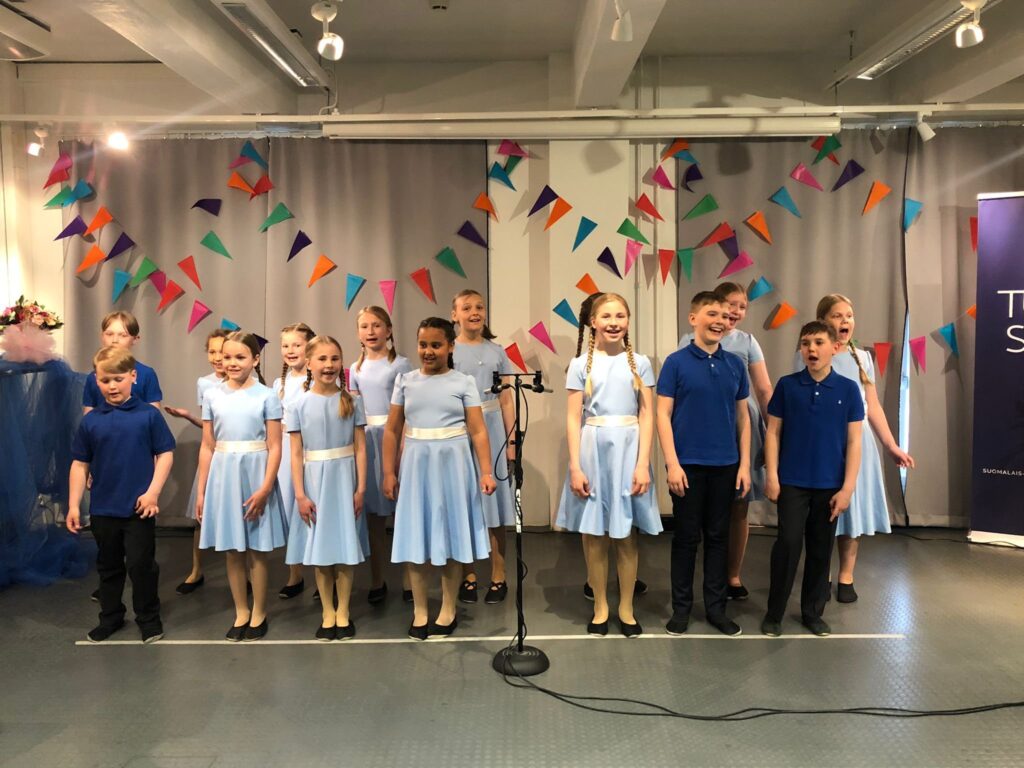
Vaike Rajaste, who is coordinating with the dance groups abroad, said four dance groups from Latvia, the Netherlands, Belgium and the US have currently applied to participate. The main challenge for dancers is to put together a complete group, so the inclusion of a new type of family group has helped many. For example, a Dutch women’s group now wants to come to the Dance Festival together with their children.
For many Estonians living abroad, creating a dance group and participating in the Dance Celebration is a way to maintain and strengthen their ties with Estonia. “The language of the dance stadium is Estonian, and without understanding it, the patterns would immediately get mixed up. That’s why we can’t discount anyone, because the dance patterns are right there in front of the audience,” Rajaste said.

